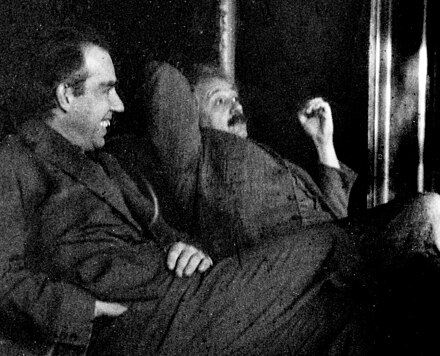When Plans Fail, It’s OK To Change Your Plans.
Eighty years ago – June 6, 1944 – General Dwight David Eisenhower oversaw the invasion of the European continent, specifically along 65 miles of beaches of Normandy, France.
Officially designated “Operation Overlord” – we all know that fateful day as D-Day – and it was the beginning of the end of World War II – eleven months later.
Thirty years ago, my family and I visited those beaches during D-Day’s 50-year observance. For nine days – on our own to explore wherever we wanted – we covered every mile of the beaches and cliffs, the villages and farms, the museums and churches, the orchards and fields, and yes, the German pillboxes and the American cemetery, with all 9,600+ graves standing at attention and tenderly cared for – for all to honor forever.
We also didn’t miss the chance to eat apples and drink Calvados from the orchards in eastern Normandy; pair a local pungent Pont Leveque cheese with a local red vin ordinaire; eat fish that swam freely just a few hours earlier; and pick the plums and peaches from Madame Corpet’s back yard of her 18th century farmhouse, which she made into fresh preserves for next day’s breakfast.
There is so much to learn from history, especially when you can visit it so realistically. Today, I want to tell you one leadership lesson that came out so forcefully, namely, when plans change, it’s OK to change your plans.
June 6? Or was it the 5th?
You see, D-Day was originally supposed to occur on June 5, but it couldn’t because of severely adverse weather conditions on and on both sides of the English Channel. As it was, the odds were brutally against the Allied Expeditionary Force; the bad weather just made it impossible.
Two and a half years of planning and preparation of the largest military event in history: gone due to one day’s inclement weather. Did the Allies lose their chance? Not in Eisenhower’s mind, they didn’t. This is that story in a nutshell.
The invasion was not supposed to be on June 6; it was originally planned for June 5. Based on factors like phases of the moon, tides, and other things that would determine the odds of success of an amphibious invasion launched at night – not to mention superb counterintelligence that told Eisenhower where and when the Germans thought we would invade – June 5 was the target date, at some of the longest crossings of the English Channel, to the surprise of almost everyone.
Courage to make and change decisions
So, on the night of June 4, with 5,300+ ships and boats ready to set sail from ports in southern England, and the 82nd and 101st airborne divisions ready to take off, Eisenhower gathered his team of generals for one last check on readiness. With their boxes all checked, he retired to his office alone, gave it one last thought, emerged moments later, and said, “Let’s go.” Just like that, the largest single military decision ever made was made.
No Go! No Hesitation!
Not two hours into the launch, our weather reconnaissance planes, on one of which my neighbor Mel was the navigator, came hurrying in with bad news about heavy rains, low cloud cover, and no moonlight, none of which was expected, but all of which would drastically lower the odds.
Eisenhower didn’t hesitate. “Call it back,” he ordered, and the decision that had been in the works for two and a half years was aborted. His team didn’t have to be told that they’d be convening the next day. They did, this time with better news about the conditions, and Eisenhower once again retired to and then emerged from his office with the same order: “Let’s go.” Again.
Decisiveness. Commitment. Confidence.
General Dwight David Eisenhower had just made the largest decision ever made – not once, but twice. They launched on the night of June 5th and invaded on the morning of June 6th.
Meanwhile, my friend Jack was on the communications team based in England that was going to release the news of the invasion. Suddenly, they were told to hold, but were not told why. A day later, they knew – and the rest was history.
“In preparing for battle…”
Eisenhower, of course, was a hero, but always humbly explained, “In preparing for battle, I’ve
found that plans are useless, but planning is indispensable.”
He also said, “Plans ae fine – until the fighting starts.
Not a bad business leadership lesson from a non-business leader.
Especially today.

